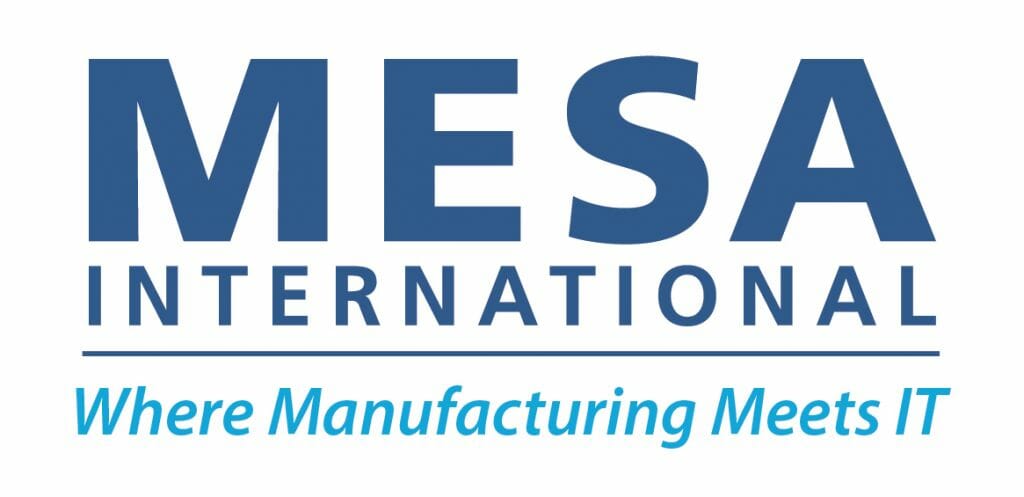Continuous Asset Optimization (CAO)
Continuous Asset Optimization (CAO) is an approach to managing the optimal deployment of assets to maximize profitability and predictability in product supply, focusing on real margin contribution by asset according to product code. Rather than looking at an asset as a “black box” or on the basis of market value or depreciated value, companies can see how the asset is contributing to their profitability by modelling the asset/process and understanding the behaviour for real time inputs. In essence, CAO includes the development of a digital twin of the asset and applying machine learning to arrive at optimality in asset performance. CAO focusses on dynamically arriving at various possible future behaviours for different real time inputs to the model and thus it can act as a very effective tool for decision making for driving continuous optimality. Since the internal structure of the asset/process is modelled and the different states and state transitions are identified as regards asset performance, CAO will provide for multiple levers at an operational level for achieving increased throughput, availability, reliability, etc., which will all lead towards better profitability. At a strategic level, CAO shall directly drive better return on assets.
Volunteer
Members can join this working group in the InfoHub.
Resources
Asset Performance Management Strategic Initiative Guidebook
In the manufacturing industry, volatile market conditions-with more regulatory requirements, higher costs, and growing competition globally for lower prices - make ever-increasing expectations for higher return from assets very difficult to realize, especially when combined with aging infrastructures. Given the nature of the business, manufacturers expecting to succeed in today's environment must commit significant resources to creating, modifying, and maintaining their assets and facilities so that they can safely maximize performance.
White Paper #57: Asset Performance Management (APM) 2.0 - Guidelines for Goal Setting & Implementation Planning
APM 2.0 is an intelligence-based approach to continuously improve asset performance. APM 2.0 is implemented to achieve one or more strategic goals, e.g. improving RONA (return on net assets), removing unplanned downtimes and decreasing regulatory risks.
APM 2.0 is not a one-time initiative but a continuous improvement, cross-functional process across the enterprise that encompasses asset lifecycle management, asset intelligence management and industry standard data models for acquisition, storage, sharing/communication and extracting intelligence from asset data.
Leveraging Mobility in Asset Performance Management 2.0
With the advent of Smart Manufacturing, Asset Performance Management is taking on an entirely new role. The new era of Asset Performance Management (called APM 2.0), is witnessing, amongst others, two important outcomes:
- Real time Intelligence and optimization of the performance of the assets as it relates to the maximization of availability;
- Real time actions generated in maintenance systems in a proactive manner to ensure asset failures are avoided.
The above-mentioned outcomes are realized by a standardized software platform called “Asset Intelligence Management (AIM)” that orchestrates and synchronizes between several plant floor systems controlling physical assets and enterprise software (that manage asset health) in order to drive optimized asset behavior in real time. This presentation describes some examples of the above and elucidates how AIM leverages on mobility as one of its powerful mechanisms to deliver the above-mentioned outcomes. Several practical use cases are discussed for illustrating the value of mobility to various stakeholders under the umbrella of APM 2.0.
Integrated Asset Performance Management Improves Return on Capital Investment
Functional collaboration with optimal asset utilization in mind is the mantra of a holistic APM 2.0 program. Understanding the asset capability and availability throughout the asset lifecycle is critical to making timely and accurate business investment decisions.
